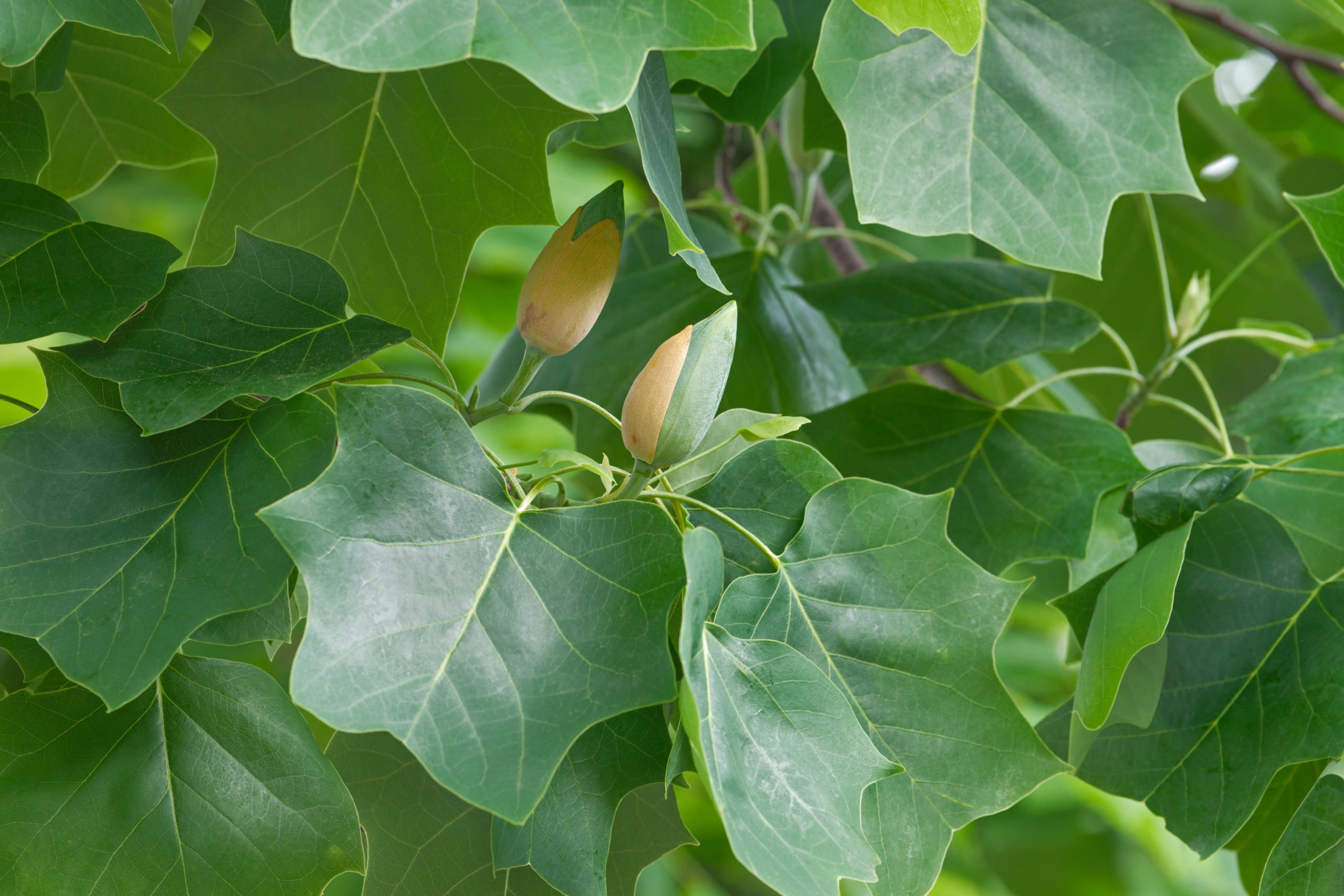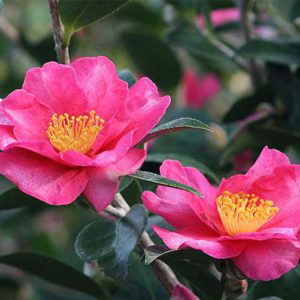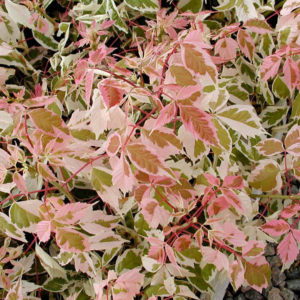Liriodendron tulipifera
€600.00
Frequently Bought Together



Description
Quick Facts
- Common Name: Tulip Tree, Tulip Poplar, Yellow Poplar
- Botanical Name: Liriodendron tulipifera
- Plant Type: Deciduous tree
- Mature Height: 20-30m
- Mature Spread: 10-15m
- Flowering Period: May to June
- Flower Colour: Greenish-yellow petals with orange markings, tulip-shaped
- Foliage: Distinctive four-lobed leaves, bright green turning golden-yellow in autumn
- Hardiness: RHS H6 (hardy)
- Soil Requirements: Moist, well-drained, fertile, neutral to slightly acidic
- Aspect: Full sun to partial shade
- Maintenance: Low
Description
Experience the magnificent grandeur of Liriodendron tulipifera, the spectacular Tulip Tree that brings exceptional architectural presence, unique beauty, and dramatic seasonal interest with its extraordinary tulip-shaped flowers and distinctively shaped foliage. This outstanding ornamental tree offers remarkable qualities—stunning tulip-shaped flowers measuring 5-6cm across in greenish-yellow with distinctive orange markings at the base that appear in late spring to early summer creating exotic beauty, absolutely unique four-lobed leaves with a distinctive squared-off or notched tip that are instantly recognisable and unlike any other tree, creating bold architectural foliage throughout summer, spectacular golden-yellow autumn colour that transforms the tree into a pillar of sunshine before the leaves fall, and impressive stature with straight trunk and pyramidal crown that creates commanding presence and timeless elegance, making this one of the most distinctive and majestic trees for creating dramatic focal points, exotic character, and year-round interest in large Irish gardens, estates, and parklands.
Throughout spring and summer, this captivating tree displays its characteristic and utterly unique leaves measuring 10-15cm long and wide with four distinct lobes and a squared-off or notched tip that gives the appearance of a tulip shape or saddle—absolutely distinctive and unlike any other tree. The leaves emerge in spring in fresh bright green with a slight gloss, creating attractive, bold foliage throughout the growing season. The leaf shape is fascinating and instantly recognisable. But the tree’s crowning glory appears in late spring to early summer (May-June) when mature trees (typically 10-15 years old or more) become adorned with spectacular tulip-shaped flowers measuring 5-6cm across. Each flower has six greenish-yellow petals with distinctive orange markings at the base, creating exotic, orchid-like blooms that are utterly beautiful. The flowers are held upright on the branches and can be difficult to see from ground level on tall trees, but are worth seeking out—they’re stunning up close. In autumn, the foliage transforms into spectacular shades of golden-yellow, butter-yellow, and amber, creating breathtaking colour that rivals any autumn tree. The straight trunk develops attractive grey-brown bark with shallow furrows, and the pyramidal crown creates elegant form.
Native to eastern North America, Liriodendron tulipifera is one of the tallest and most impressive hardwood trees in its native range, often reaching over 50m in ideal conditions. The genus name comes from the Greek ‘leirion’ (lily) and ‘dendron’ (tree), whilst ‘tulipifera’ means tulip-bearing. Despite the common name Tulip Poplar, this tree is not related to poplars but is actually a member of the magnolia family. Hardy and adaptable once established, this tree thrives in Irish conditions when given appropriate space and shelter, preferring deep, fertile, moisture-retentive soils and protection from harsh winds. Fast-growing and establishing quickly, providing impressive stature within 10-15 years. Requires space to develop its full majestic form—this is a tree for large gardens and estates.
Create stunning compositions by planting as magnificent specimen trees in large gardens, estates, parklands, or open spaces where the impressive stature, unique foliage, and spectacular autumn colour can be fully appreciated. Exceptional in woodland gardens, large contemporary landscapes, or as commanding focal points where the architectural presence creates drama. Works beautifully positioned where the distinctive leaf shape can be viewed up close and where the golden autumn colour can be backlit by sun for maximum impact. Perfect for large properties where there is space for the tree to develop its full pyramidal form. Plant in sheltered positions protected from harsh winds which can damage the large leaves.
Caragh Garden Notebook
Planting: Space trees 12-15m apart if planting multiples, or allow 15-20m for specimen placement to accommodate the large mature spread—this tree needs significant space. Plant container-grown specimens year-round, though spring or early autumn is ideal. Dig holes twice the width of the root ball and incorporate generous amounts of organic matter. Plant at the same depth as the container. Stake securely for the first 3-5 years. Water thoroughly and mulch generously around the base. Choose sheltered positions protected from harsh winds and with ample space for the pyramidal crown to develop fully. Not suitable for small gardens.
Soil Preparation: Thrives in moist, well-drained, fertile soil with pH 6.0-7.0. Prefers neutral to slightly acidic, deep, humus-rich, moisture-retentive conditions enriched with generous amounts of organic matter. Dislikes waterlogged, very dry, shallow, or strongly alkaline/chalky soils. Requires excellent drainage whilst maintaining consistent moisture—does not tolerate drought, especially when young. Best growth and flowering occur in full sun to partial shade with shelter from harsh winds, deep fertile soil, and consistent moisture. Prefers cool, moist conditions.
Container Growing: Not suitable for container growing due to large size, fast growth, deep taproot, and need for space to develop the characteristic pyramidal form and impressive stature. This is a tree for planting in the ground in large gardens, estates, or parklands where it can reach its full majestic potential.
Seasonal Care: Requires minimal pruning—the naturally pyramidal form develops without intervention. Remove only dead, damaged, or crossing branches in late winter when dormant. Avoid heavy pruning as this destroys the characteristic form and can remove flowering wood. Young trees may benefit from formative pruning to establish a strong central leader. Apply slow-release balanced fertiliser in early spring. Mulch annually with generous amounts of organic matter to retain moisture and maintain soil fertility. Water during dry spells, especially in the first 7-10 years until well established—consistent moisture is essential. Generally pest and disease resistant, though aphids can occasionally affect young growth.
Propagation: Can be grown from seed collected from the cone-like fruits in autumn, though seedlings take many years to reach flowering size (10-15 years). Seeds require cold stratification. Sow fresh seed in autumn in pots outdoors—germination can be slow. Professional propagation is also by softwood or semi-hardwood cuttings in summer with rooting hormone, though success is variable. Root cuttings can also be attempted. Home gardeners seeking flowering specimens within reasonable timeframes should purchase nursery-grown plants of good size.
This majestic beauty is absolutely magnificent—those distinctive four-lobed leaves with the squared-off tips are utterly unique and instantly recognisable! The tulip-shaped flowers in greenish-yellow with orange markings are exotic and beautiful, and that spectacular golden-yellow autumn colour is breathtaking. Impressive stature, fast-growing, and that architectural presence is commanding. Needs space but absolutely worth it for large gardens—a true statement tree with timeless elegance and unforgettable character!





